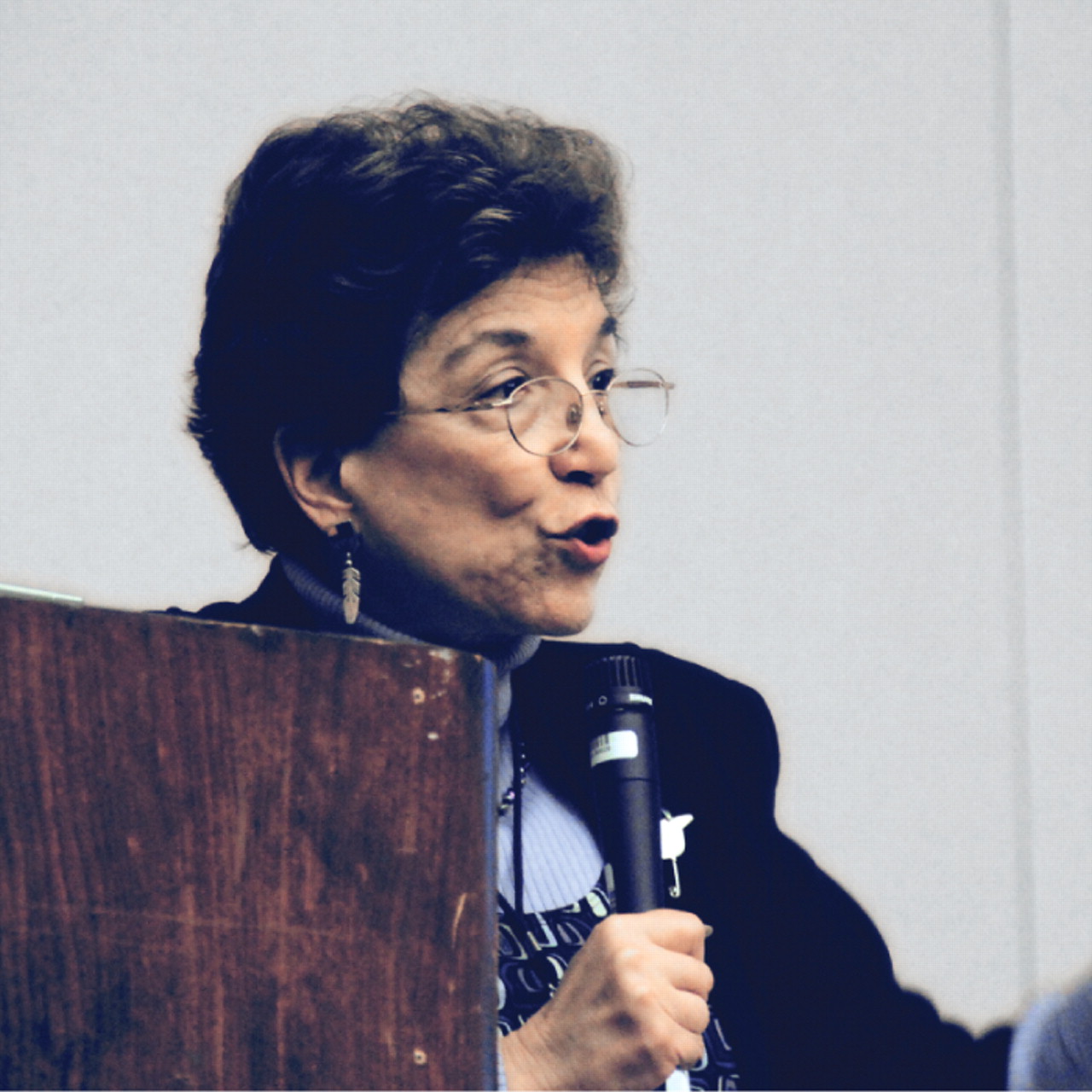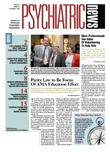Every child psychiatrist regularly sees orphans. No, not kids without parents but diagnostic orphans, troubled children with psychiatric symptoms that don't add up to a DSM-IV diagnosis for a specific disorder.
“Children come in with a little bit of a lot of things, especially rages, and they are significantly handicapped, even without a diagnosis, but they still need help,” said Gabrielle Carlson, M.D. She was commenting on a discussion of subthreshold psychopathologies and their meaning at the annual meeting of the American Academy of Child and Adolescent Psychiatry in Chicago in October.
“We created diagnostic criteria in order to have a common language in psychiatry, and we had to simplify the terms in order to keep them useful,” she said. “But things are just more complicated than we wish that they were.”
Presenters at the symposium examined whether these subthreshold symptoms represented subsyndromal “noncases” or were precursors to full syndromes. The discussion, which included examples based on several disorders, also reflected the continuing dialogue between categorical and dimensional approaches to classifying illness.
William Copeland, Ph.D., of Duke University Medical Center began by citing data from the Great Smoky Mountains Study, covering 8,806 assessments of 1,420 participants who were followed from ages 9 to 13 until they turned 21.
He noted that at 473 assessment points, subjects recorded symptoms for oppositional defiant disorder (ODD), while also meeting duration criteria for the disorder at 470 of those points, making duration redundant.
Copeland also compared the ICD-10 and DSM-IV criteria for ODD, noting that DSM lists separate criteria for ODD and conduct disorder (CD).
“Under the DSM, a child can have three ODD symptoms and two conduct disorder symptoms and would still not meet diagnostic criteria,” he said. “Almost one-third of ICD-10 disruptive behavior disorders [DBD] don't meet DBD criteria under DSM-IV, yet both groups are equally sick, judging by impairment or use of services.”
Is Impairment Predictive Factor?
Investigators also looked at impairment as a predictive factor in the study. They found that subsyndromal CD with impairment does predict antisocial personality disorder later in adult life, but there was not much predictive difference between subthreshold ODD with and without impairment.
Looking at alcohol-related disorders, Christopher Martin, Ph.D., an associate professor of psychiatry and psychology at the University of Pittsburgh School of Medicine and the Pittsburgh Adolescent Alcohol Research Center, said, “The choice is not whether diagnostic criteria should be categorical or dimensional, but how to integrate both into our thinking.”
The presence of at least three out of seven diagnostic symptoms is needed for a diagnosis of alcohol dependence, and at least one out of four symptoms is needed for a diagnosis of alcohol abuse, according to DSM-IV. DSM also says that abuse and dependence are mutually exclusive and dependence precludes a diagnosis of abuse.
“People with one or two symptoms may fall through the cracks, but they are more likely to have full-blown clinical symptoms one year later than if symptoms are absent,” Martin said. These subclinical symptom ratings are therefore helpful in identifying persons at risk for future impairment or disorder, he said.
Role for Comorbid Disorders
Reporting on material gathered as part of the Oregon Adolescent Depression Project, Stewart Shankman, Ph.D., an assistant professor of psychology at the University of Illinois, Chicago, said that comorbid disorders are too often ignored in research studies. More attention to them might elucidate whether homotypic symptoms—ones associated with the corresponding full syndrome—predict escalation to those disorders.
The longitudinal study of 739 youths at ages 16, 17, 24, and 30 found that subthreshold psychiatric symptoms observed at age 16 were initially associated at age 24 with anxiety, alcohol, and conduct disorder, but once adjusted for comorbidities, they were associated only with alcohol use and conduct disorders.
“It is important to understand why comorbidities exist and not just consider them nuisance variables,” he said.
A second analysis from the same study found that subthreshold symptoms of major depressive disorder, bipolar disorder, anxiety, substance abuse, and conduct disorder were associated with familial risk and/or future development of the full syndrome disorders.
These subthreshold symptoms cannot be ignored, said Carlson, a professor of psychiatry and behavioral science at Stony Brook University School of Medicine in Stony Brook, N.Y., in her discussion of the panelists' talks.
She noted the relevance of subthreshold symptoms to the controversy over diagnosing pediatric bipolar disorder. Despite that issue, she said, there is broad agreement on treating these children to improve their emotional regulation, create structure in their lives, and help with anger control.
“These approaches are good for most psychiatric disorders and will help produce better outcomes for kids with these problems,” she said.
Children with subthreshold bipolar symptoms may not develop bipolar disorder but do have problems with mood dysregulation, expressed as depression and anxiety disorders, she said. However, many psychiatrists fear that treating these children for depression will raise the risk of triggering manic episodes.
“How do you trade off what is in front of you with what is down the road?” she said. “I've seen as many kids get an SSRI and do OK as become manic. And is having a manic episode the worst thing that can happen? We have treatments for manic episodes but not for major depression in bipolar disorder.” ▪

